Why does Seaside Heights encourage development while neighboring Toms River fights it?
It's a tale of two towns: Seaside Heights, where Republican Mayor Anthony Vaz won another four-year term Nov. 7, running on a platform that touted the borough's ongoing redevelopment, and neighboring Toms River, where GOP Councilman Daniel Rodrick won his first mayoral term, running a race that focused on stopping building.
Vaz, who has been mayor for eight years, again ran unopposed to lead this small beachfront town, after Democrats failed to nominate a challenger.
Previously an outsider on the all-GOP council, Rodrick will start his first term in January with a clear mandate from voters, after defeating Democrat Ben Giovine in every one of Toms River's 63 election districts. He received nearly 70% of the vote from the town's voters, which include beach communities just north of Seaside Heights and the large suburban mainland core of the town.
Both focused on quality-of-life issues in their respective towns, and their victories are a reflection of how a development message can be embraced in one town while shunned in another.
"They are different towns," Rodrick said. "People move to different towns because they are interested in living different lifestyles."
In Seaside Heights, the estimated year-round population of about 2,500 is still below the nearly 2,900 people who lived in town before Superstorm Sandy struck in 2012. The storm destroyed the boardwalk and flooded businesses and homes.
It caused immense hardship and pain, but also presented the borough with an opportunity as Seaside Heights rebuilt, Vaz has said. The town has cracked down on prom rentals and so-called "animal houses," typically multibedroom homes that were filled with partying young people in the summertime.
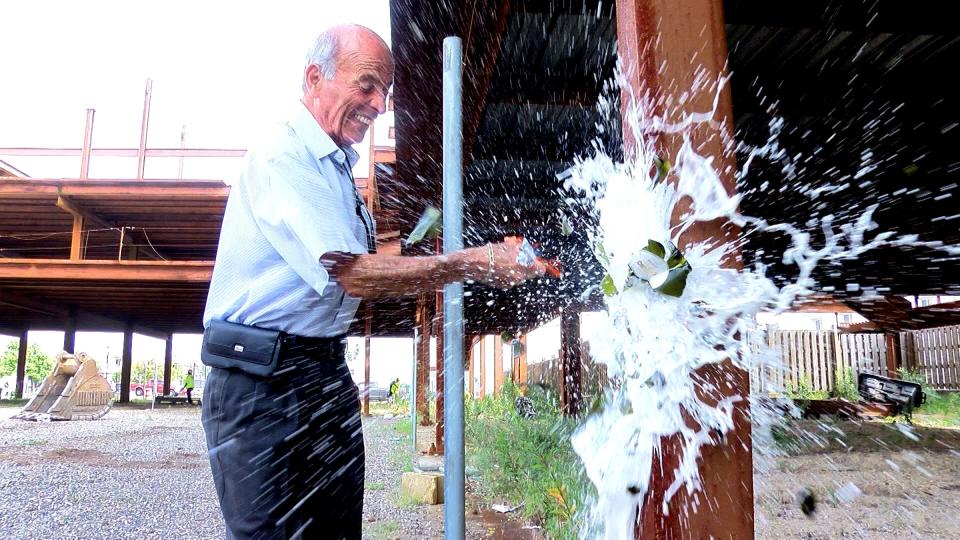
Seaside Heights Ocean Club is a hit: Now what about restaurant, dinner theater?
It's also encouraged owners to repair and clean up their homes and rental properties.
About 43% of Seaside Heights' properties were seasonal rentals in 2020, according to Ocean County's Planning Department, and the borough's population can swell to 30,000 or more on warm summer weekends. By comparison, only 13% of Toms River's properties are summer rentals.
Seaside Heights' ratable base still remains about $200 million below where it was before Sandy struck, and Vaz and council members are encouraging not only retail construction in new projects, but also housing meant for year-round living, which could help support more businesses.
'A lot of money' coming into Seaside
Redevelopment projects are in the works or have been completed at more than a dozen former motel sites in town, and retail and housing are planned for properties along the Boulevard, including a 10-story complex to be built at the site of a former steel skeleton building.
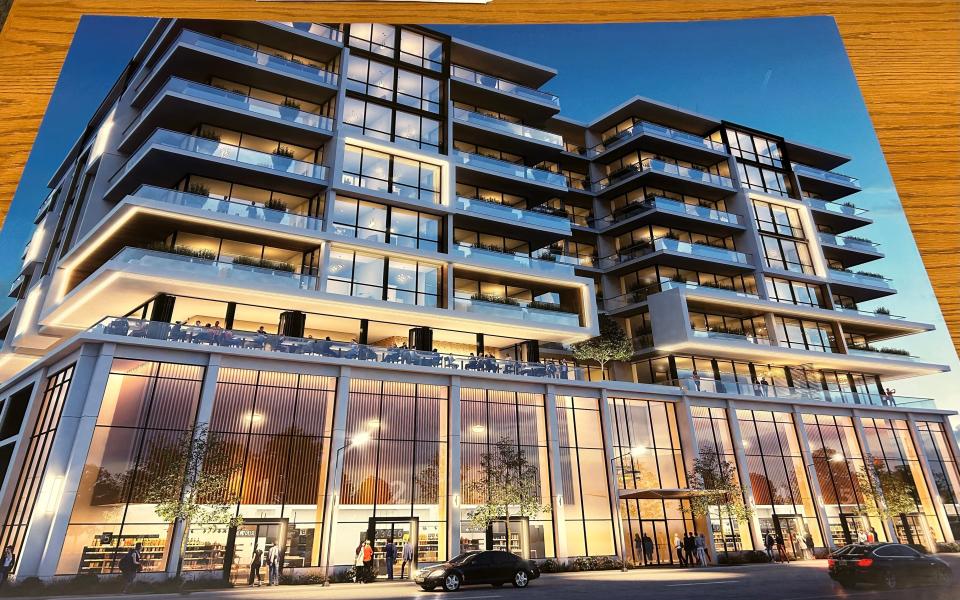
The mayor said the election results show that residents support the changes in town; he received 266 votes. GOP Councilman Michael Carbone and Robert Triano, who also had no opposition, garnered 221 and 238 votes, respectively.
"From what I heard on Election Day, people are really happy with the way things are going.," Vaz said. He noted there is "a lot of money" coming into town; the average sale price of a single-family home in Seaside soared 56.6% from $253,288 in 2020 to $396,739 in 2022.
Rooftop pool, wedding facility: Grand Seaside Heights hotel part of big changes in town
Vaz, previously the council president, took over as mayor after former Mayor Bill Akers resigned in 2015. Working with the Borough Council, Vaz has been striving to move Seaside Heights away from the hard-partying image symbolized by big nightclubs like the Bamboo Bar, Karma and Merge.
Seaside Heights: See what is replacing hotspots Karma, Merge and more
All three sites have redevelopment plans; Bamboo and Merge have already been demolished. Vaz said campaigning in a small town means meeting face-to-face with everyone from residents to business owners and listening to their concerns, even if you don't necessary always agree.
"You've got to do something to show people that you care," he said.
'We moved to Toms River to get away from cities'
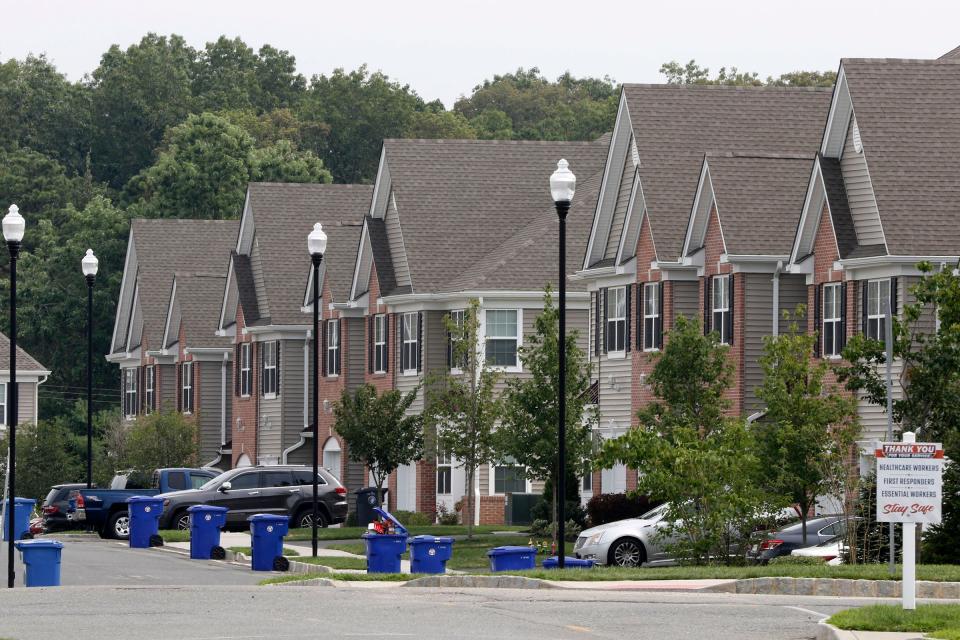
Sprawling suburban Toms River had 98,326 residents in 2022, according to U.S. Census estimates, an increase of 3%, or nearly 3,000 people, since 2020.
Concerns about increased traffic and "out of control" development have dominated Toms River elections at least since 2017, when Rodrick, then running as a Democrat, first won a council seat. He switched parties and became a Republican in 2018.
Many Toms River residents have watched with dismay and anger as formerly rural areas along Route 9 in Toms River have been developed, with trees and old poultry farms giving way to single- and multifamily developments. They have expressed fear that open space has rapidly disappeared, in spite of recent township efforts to purchase vacant land.
Toms River: Township spending $2M on land that could have been dozen homes; see what else was bought
The numbers show the pace of development in town: since 2017, Toms River has issued building permits for 1,399 single-family homes and 444 multifamily, according to state records.
Almost all of the projects built in the formerly rural North Dover and Pleasant Plains sections of town include affordable housing units, to help the township meet its obligations to provide housing for low- and moderate-income renters and buyers.
In 2017, Toms River reached an agreement with a housing advocacy group that will require the township to provide 1,285 units of affordable housing by 2025.
Toms River's 1,285-unit quota was the fourth-highest in the state.
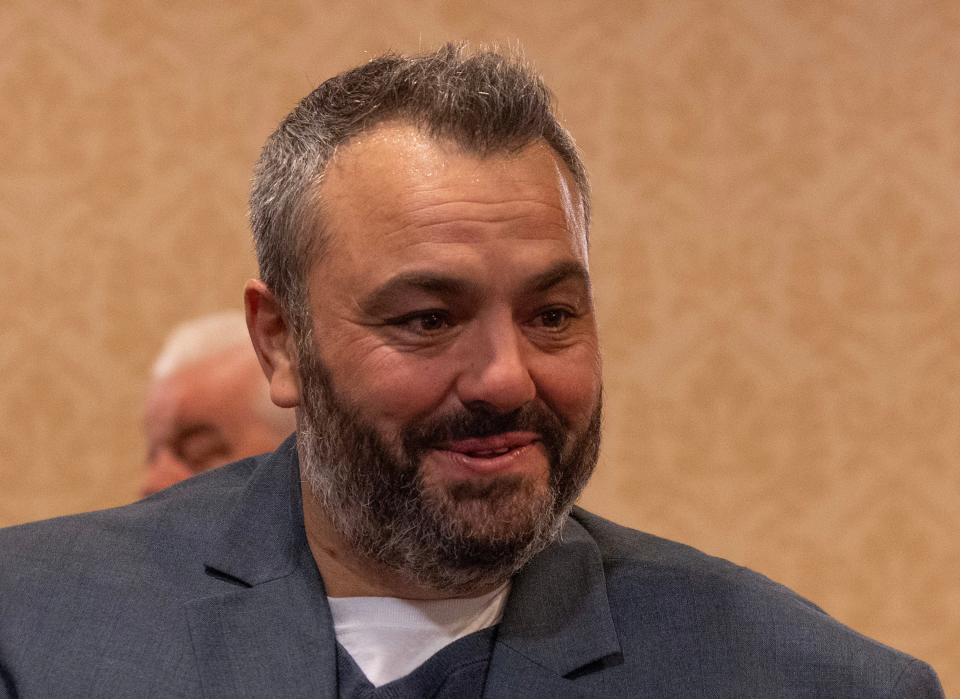
What does the town want? Toms River lawyers fight to stop Ciba-Geigy pollution settlement
Rodrick, who has long railed against development while on the council, was able to channel residents' anger about building into stunning victories in the GOP primary and the general election. His three council running mates, Thomas Nivison, Lynn O'Toole and Craig Coleman, also won by large margins.
The thought of more residential development in Toms River has become so distasteful to residents that Councilman David Ciccozzi, a sometime Rodrick critic and planning board member, gave updates at this year's council meetings in which he stressed the planning board's lack of applications to indicate building was slowing down.
Who are those faces on banners? Learn why these Toms River veterans were honored
Home prices have soared by nearly 50% in Toms River, from an average of $360,932 in 2020, to $537,950. A controversial revaluation raised the township's ratable base to more than $20 billion last year.
Rodrick, who even his critics admit is a tireless campaigner, ran on a platform of stopping building in town. He plans to repeal ambitious redevelopment plans for Toms River's downtown, while attempting to halt an approved plan to construct 281 apartments at Main and Water streets downtown.
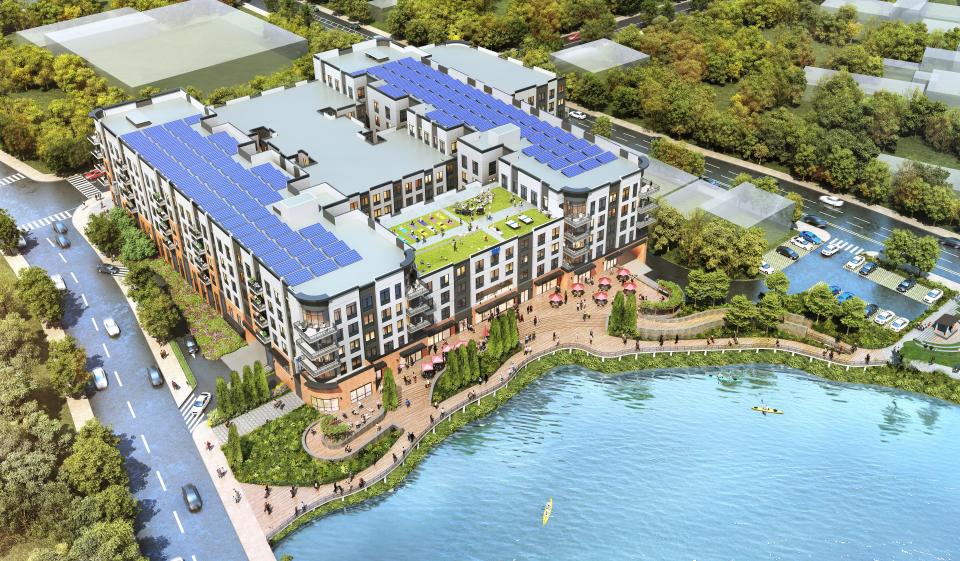
'It's a delusion': Advocates clash over how to help people hidden in Toms River woods
"I believe tonight's vote is a referendum on the downtown redevelopment plan," Rodrick said, speaking at the Ocean County GOP victory party at the Clarion Hotel in Toms River on Election Night. "No one wants to live in a city. We moved to Toms River to get away from cities."
Jean Mikle covers Toms River and several other Ocean County towns, and has been writing about local government and politics at the Jersey Shore for nearly 40 years. She's also passionate about the Shore's storied music scene. Contact her: @jeanmikle, jmikle@gannettnj.com.
This article originally appeared on Asbury Park Press: Seaside Heights, Toms River take opposite views on development plans

